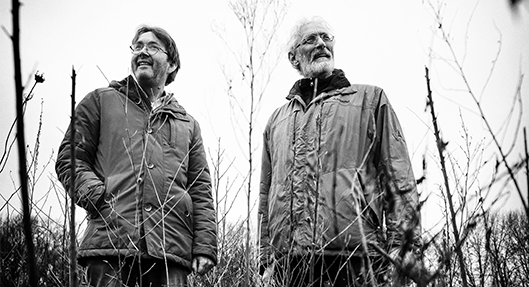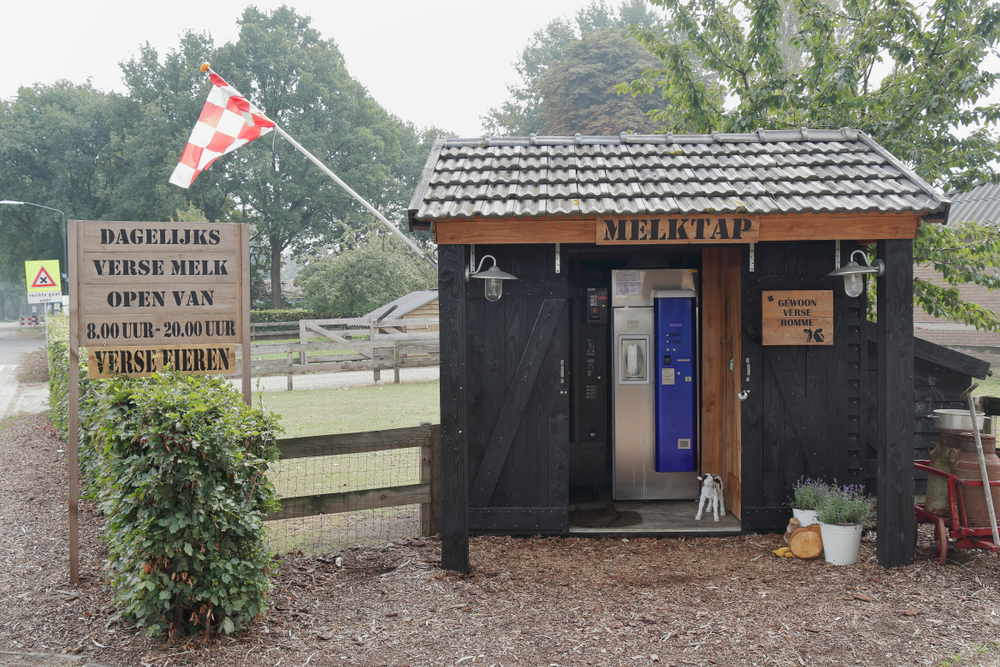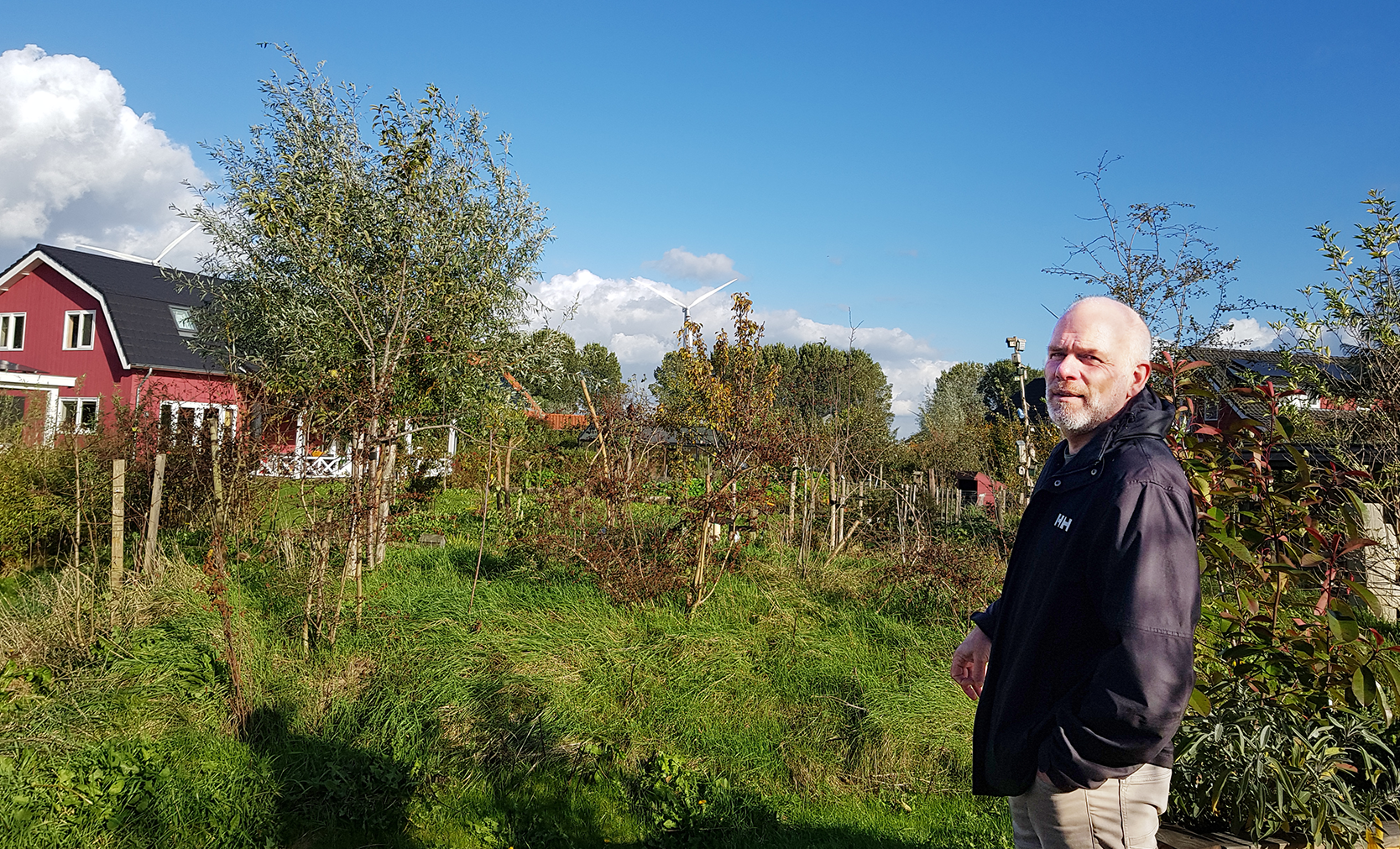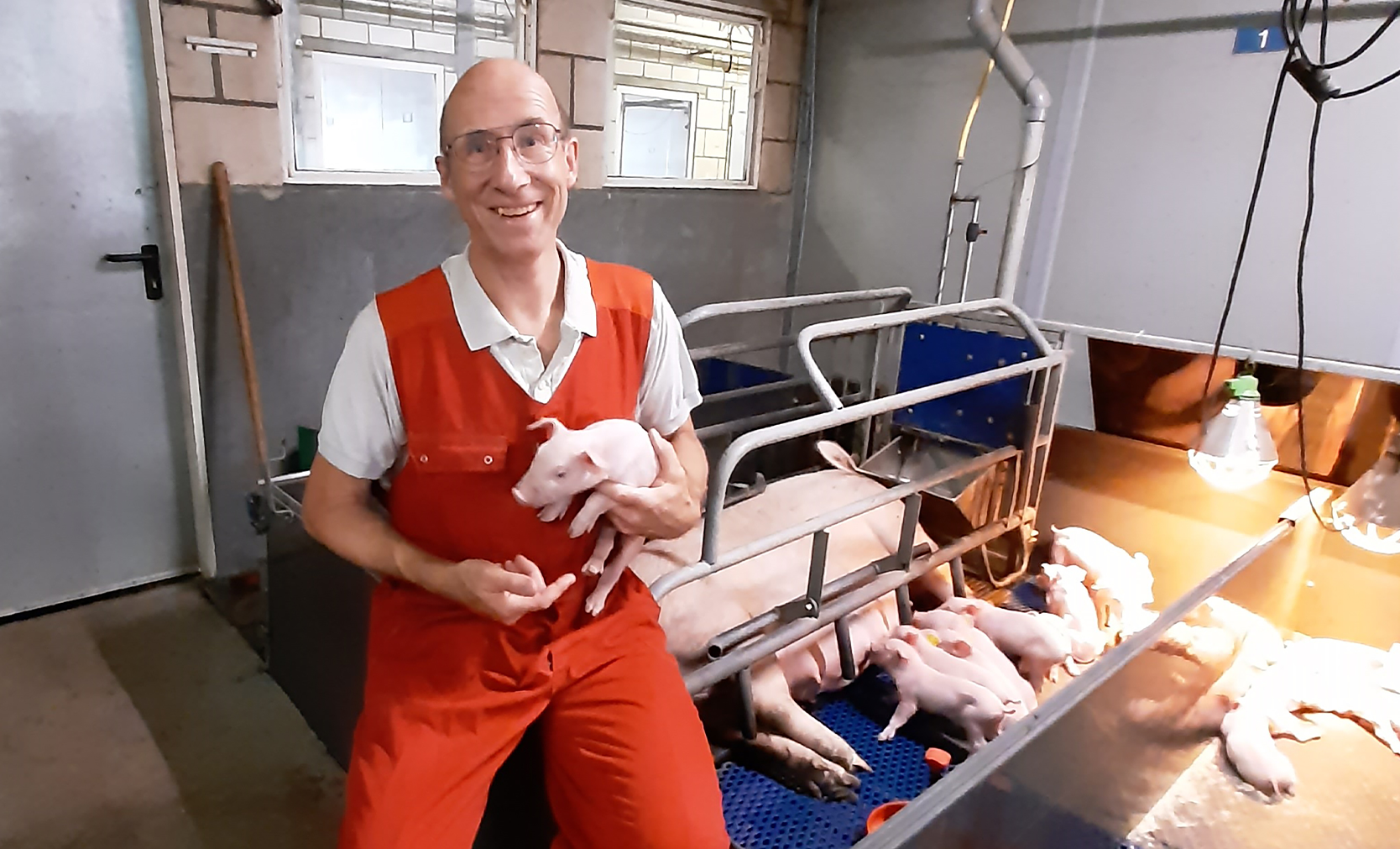The eternal debate about organic versus mainstream agriculture has entered calmer waters. At least, that is the experience of researchers Wijnand Sukkel and Gerard Migchels. They themselves take a ‘radically nuanced’ view of the gulf that seems to separate the two camps.
Migchels (dairy farming) and Sukkel (crop farming) recently wrote a report (in Dutch) together about the prospects for organic farming in the Netherlands. The response was predictable: criticism from the mainstream camp and praise from the organic one. Yet the researchers observe that there is less polarization and the two camps are closer to one another than in the past.
What was the report about?
Migchels: ‘It was about the prospects for organic agriculture in the Netherlands: what the impact of expanding organic crop and dairy farming is on the climate, nature and animal welfare. Per hectare, many emissions, such as CO2 and ammonia, are lower in organic farming. But per kilogram of product, emissions of many substances are lower in mainstream farming because that sector produces more, on average, per hectare. The research question was to look at whether expanding the share of organic agriculture in the Netherlands to 15 per cent would help the country meet its targets for reducing CO2 and ammonia emissions. And total emissions would indeed go down.’
What reactions did the report get?
Migchels: ‘The mainstream farming sector submitted a request under the open government law, and all correspondence with the ministry was made public. On the other hand, organic players published articles on the report leaving out the nuances about emissions per kilogram of product.’
In the old days, you were either on Aalt Dijkhuizen’s side or on Jan Douwe van der Ploeg’s
‘And I got questions about Europe’s self-sufficiency – not the question addressed by the report, but a valid point. Switching to more organic farming would mean we would produce nearly one billion litres less milk. If milk consumption stays the same, that’s a problem.’
Sukkel: ‘But some of that difference in productivity comes from imported concentrates. That should be factored into the calculations.’
The discussion about mainstream versus organic goes back a long time, even at WUR, doesn’t it?
Migchels: ‘In the old days, you were either on Aalt Dijkhuizen’s side or on Jan Douwe van der Ploeg’s. Personally, I always refused to choose. Both men were right from their own perspectives: Dijkhuizen with his plea for efficiency, and Van der Ploeg on market forces.’
Sukkel: ‘And I thought both of them cherry-picked. For example, Aalt tweeted about the carbon footprint of chicken-farming systems, which was lower in the most intensive systems. But the difference was small and he didn’t say anything about other factors such as animal welfare. And Jan Douwe tends to focus on the social and community elements and say nothing about yields, efficiency and costs.’
And yet you both say the sectors are coming closer together.
Sukkel: ‘The advantage of organic farming lies in its systems thinking. Twentieth-century thinking was all about combatting diseases, pests and weeds by ploughing and applying other products besides fertilizer. Organic agriculture thinks more in terms of co-existence, such as useful soil life and insects. The old paradigm has gradually shifted in mainstream agriculture too.’
Migchels: ‘Even the idea that ecology and technology don’t go together has long been proven wrong by modern organic farmers. Many of the techniques used in precision agriculture were developed precisely within the organic branch.’
Sukkel: ‘Pest and weed control without synthetic products is possible, but labour is too expensive. That led to the development of technical solutions using GPS technology. In organic crop farming, the lower yield is mainly caused by losses due to diseases and pests. For a long time, not enough attention was paid to breeding for resistance. Most investment was in mainstream agriculture, where there was less call for breeding for resistance since crop protection products were available.’
Sukkel: ‘Pest and weed control without synthetic products is possible, but labour is too expensive. That led to the development of technical solutions using GPS technology. In organic crop farming, the lower yield is mainly caused by losses due to diseases and pests. For a long time, not enough attention was paid to breeding for resistance. Most investment was in mainstream agriculture, where there was less call for breeding for resistance since crop protection products were available.’
So what differences remain?
Migchels: ‘I note mainly that there is a lot of variation between farms in the same category. I know a farm that only produces 600 litres of milk per hectare, and another that produces 15,000 litres – both of them organic.’
Just as we want biodiversity in nature, we should see diversity in the farming world as a good thing too
‘The first one is a classic organic farm, like the pictures you see on the milk cartons – extremely extensive. The second is a very different kind of farm, with innovations like its own grass dryer, thanks to which the cows absorb the protein from the grass better, and production is higher.’
Where do the best opportunities lie, with a view to the future?
Sukkel: ‘In both sectors, there is plenty of room for improvement in terms of sustainability.’
Migchels: ‘The big eye-opener for me was that I always thought cows on an organic farm live longer than those on a mainstream one, but that is not the case. The variation is bigger, that’s all. The animals often live longer, but because organic farmers make less use of antibiotics, more of their cows die young. Improving that takes a lot of skill, but it is certainly possible.’
How about polarization among farmers themselves?
Sukkel: ‘In spite of persistent extremes, I find a lot less polarization around organic versus mainstream agriculture nowadays. Formerly, mainstream farmers saw organic farmers as the other side, as a threat. And there was no collaboration. Nowadays, organic and mainstream neighbours work together fine and use each other’s machinery, for instance. I notice more mutual respect. More farmers are open to switching to organic farming, as long as they can earn enough.’
Migchels: ‘And farmers are often not convinced that there is going to be enough consumer demand for organic products.’
Sukkel: ‘The two sectors need each other. Policymakers sometimes seem to be looking for a single type of farming that works everywhere. Just as we want biodiversity in nature, we should see diversity in the farming world as a good thing too.’

 Gerard Migchels (left) and Wijnand Sukkel: ‘Formerly, mainstream farmers saw organic farmers as a threat. And there was no collaboration. Nowadays, organic and mainstream neighbours work together fine. We notice more mutual respect.’ Photo Guy Ackermans
Gerard Migchels (left) and Wijnand Sukkel: ‘Formerly, mainstream farmers saw organic farmers as a threat. And there was no collaboration. Nowadays, organic and mainstream neighbours work together fine. We notice more mutual respect.’ Photo Guy Ackermans 

